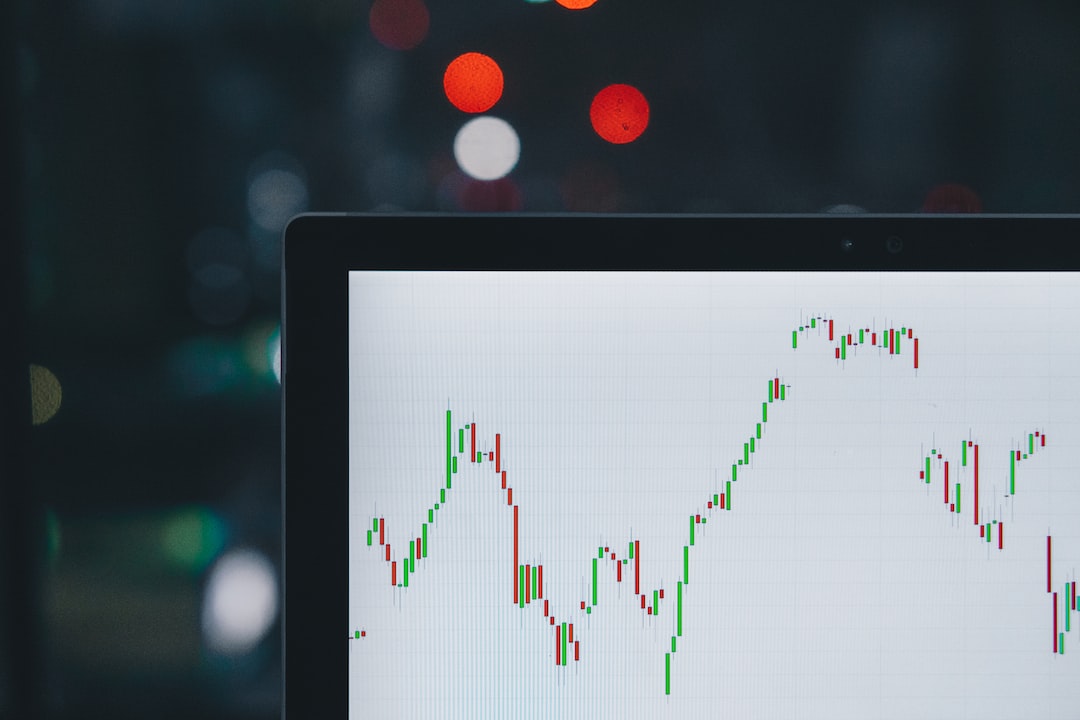:max_bytes(150000):strip_icc()/businessman-using-laptop-for-analyzing-data-stock-market--forex-trading-graph--stock-exchange-trading-online--financial-investment-concept--all-on-laptop-screen-are-design-up--1069549614-dff6e981e4f0486b8ca135656c107281.jpg)
The significance of historic currency data is its ability to reveal the long-term patterns and trends. Over time, the forex pairs show a range of cycles influenced by economic policies as well as geopolitical developments and general market sentiment. By analyzing these patterns, traders can identify recurring behaviors and possible turning points in the market. A historical view is important for developing strategies that are resilient to fluctuating markets and also for making predictions of future market movements with more accuracy.
Historical forex data also plays crucial roles in testing of strategies for trading back. Backtesting involves applying a trading strategy using historical data for a review of its effectiveness and reliability. It is essential for traders to evaluate their strategies and discover weak points before applying their strategies into live trading. The wide range of+ years of data allows testers to evaluate strategies over a range of market conditions, from periods that are high-risk to periods with relative stability. Through this extensive test, you can be sure that strategies are precisely tuned and durable, greatly improving the effectiveness of their strategies and guaranteeing their reliability.
In the case of financial institutions as well as hedge funds, the Historical Forex Data number is a cornerstone of quantitative analysis and algorithmic trading. They rely on detailed, long-term data to develop sophisticated trading systems and strategies capable of executing trades based on a set of criteria. By leveraging our vast database, organizations can build their algorithms to recognize complex patterns, and take split-second choices that take advantage of markets' inefficiencies. This skill is essential when it comes to high-frequency trading, in which even the smallest edge could yield significant returns. Historical data's depth and breadth allows for better and more reliable models, ultimately enhancing trading efficiency. To find extra details kindly visit Forexhistorydata
Risk management is yet another field where the historical Forex data is invaluable. Through understanding how different currencies were able to behave in the past traders are able to anticipate possible hazards and make plans accordingly. As an example, looking at historical price fluctuations allows traders to detect periods of high instability and modify their risk management strategies to safeguard their investments. A systematic approach to managing risk is vital in the forex market, where unexpected events can lead to significant loss of capital. A comprehensive historical database helps traders to construct more secure portfolios and effectively mitigate the risk of potential losses.
Additionally, historical forex data helps in the research and educational efforts among the trading community. It provides a rich resource for academic studies and market research. It also helps to improve the knowledge of the forex market and trading strategies. Researchers and teachers can examine longer-term data in order to discover insights into market dynamics that impact macroeconomic elements, and the efficiency of various methods of trading. The knowledge gained from this research contributes to the overall development of more informed and sophisticated trading practices which benefit traders on their own as well as the wider financial market.

The significance of historical forex data extends beyond education and development goals; it can also play a crucial role in risk management. When analyzing data from the past trading and financial institutions will be able to identify periods of high volatility, and also understand the circumstances which caused significant shifts in market prices. This information allows for a better evaluation of risks and also the development of strategies to minimize potential loss. Knowing for instance the way certain currencies behaved in the past during financial crisis times can assist traders to devise strategies for protecting their portfolios from future declines. Historical data thus becomes an indispensable tool in creating the highest returns possible and also reducing risk.